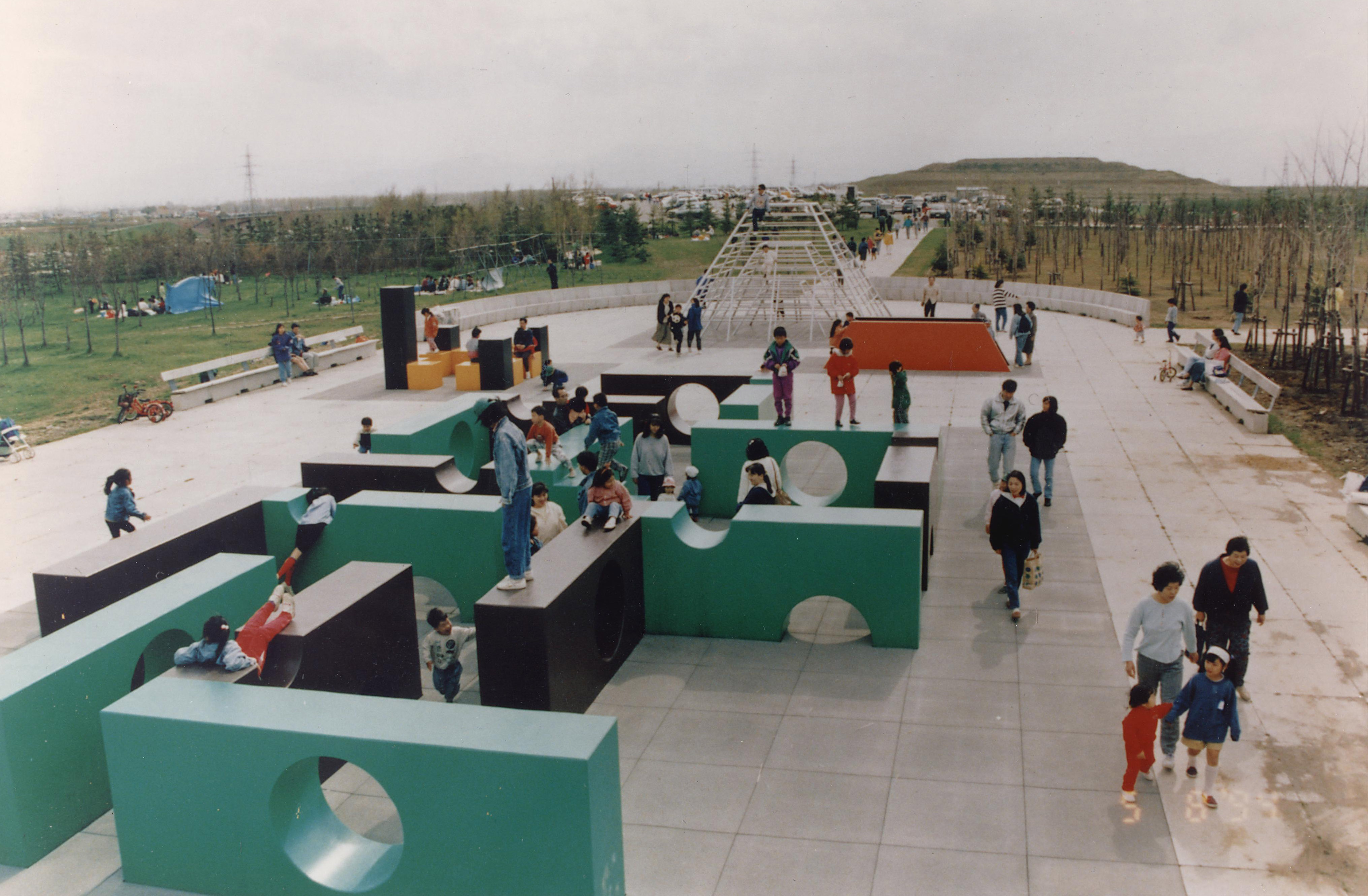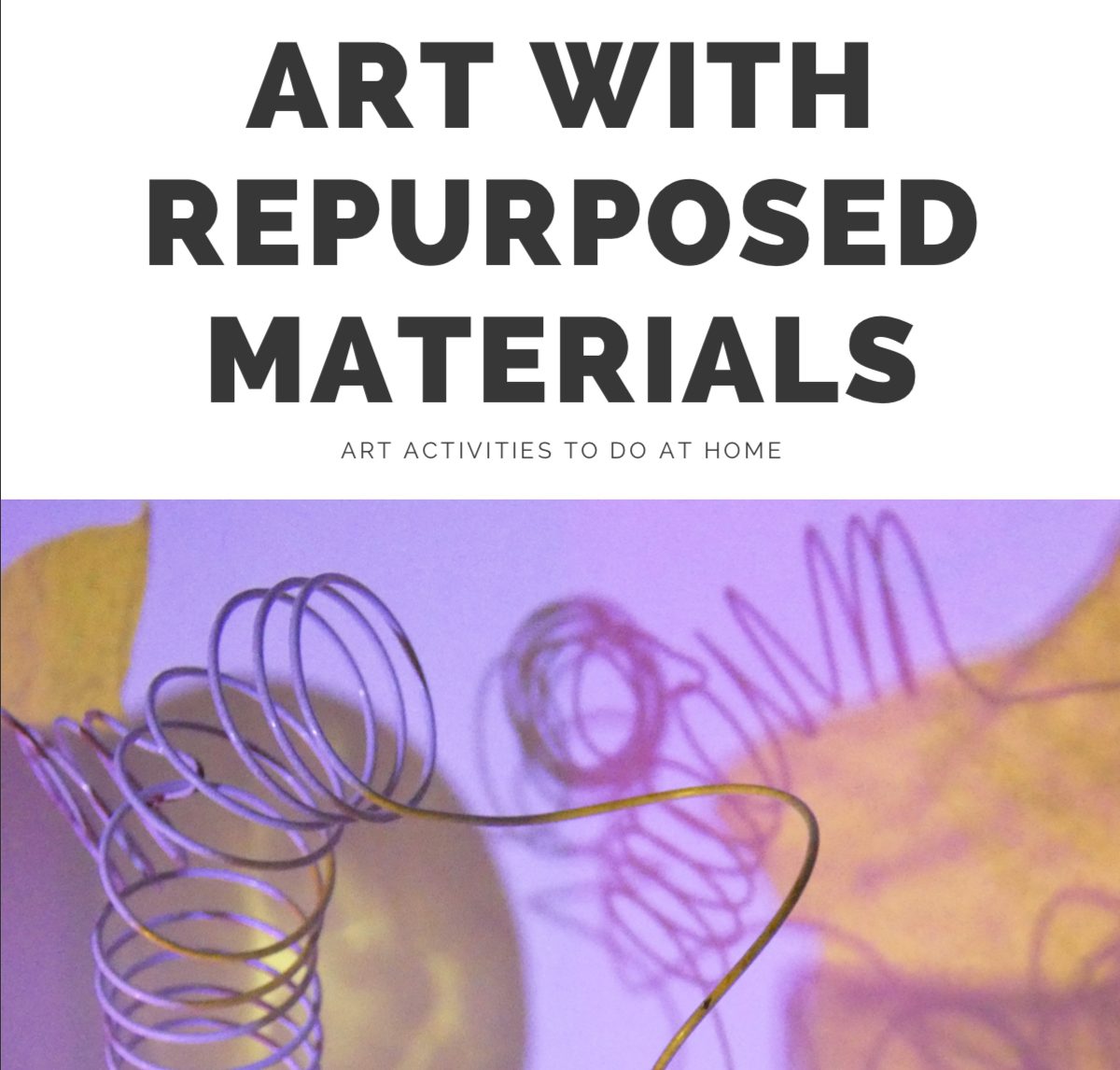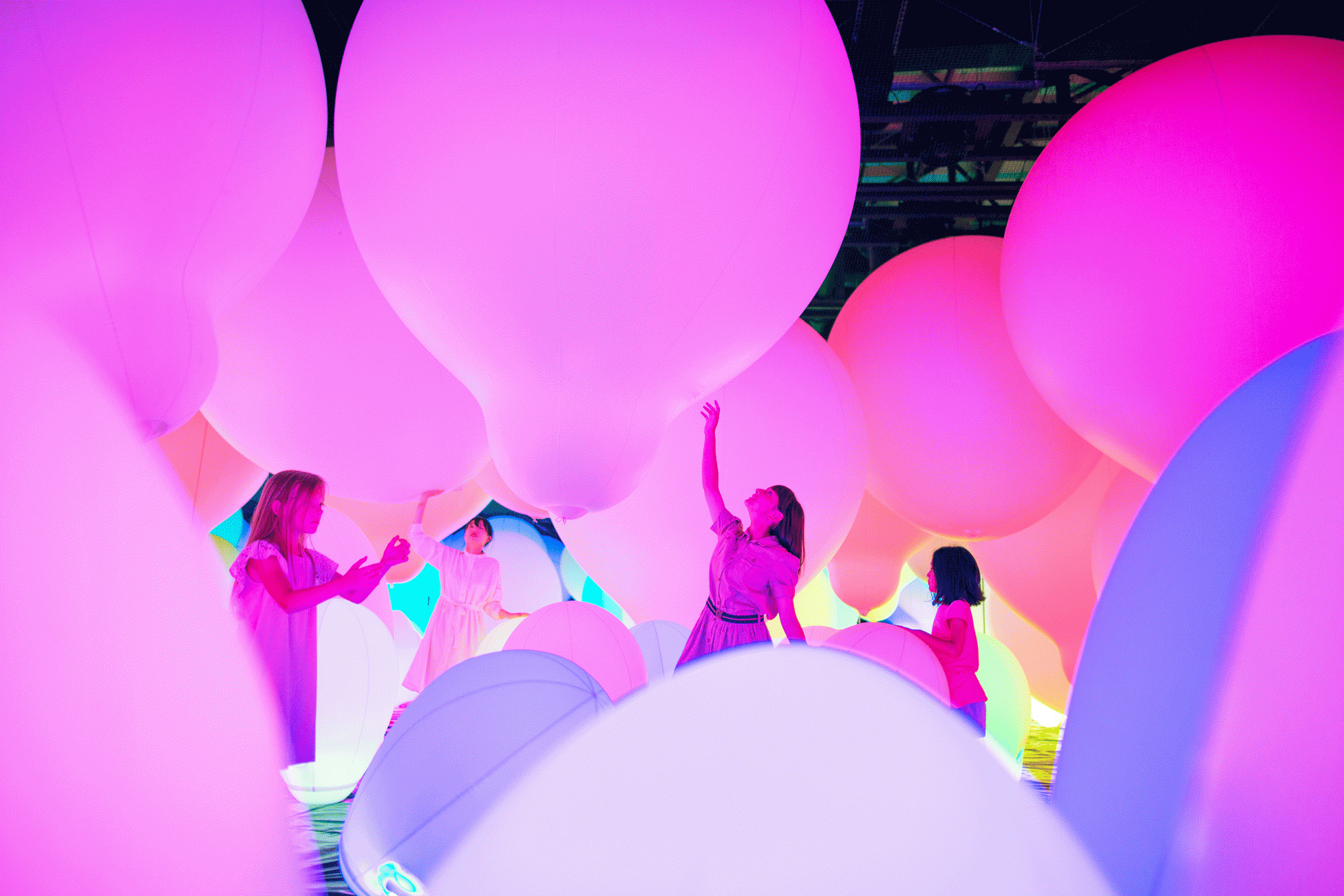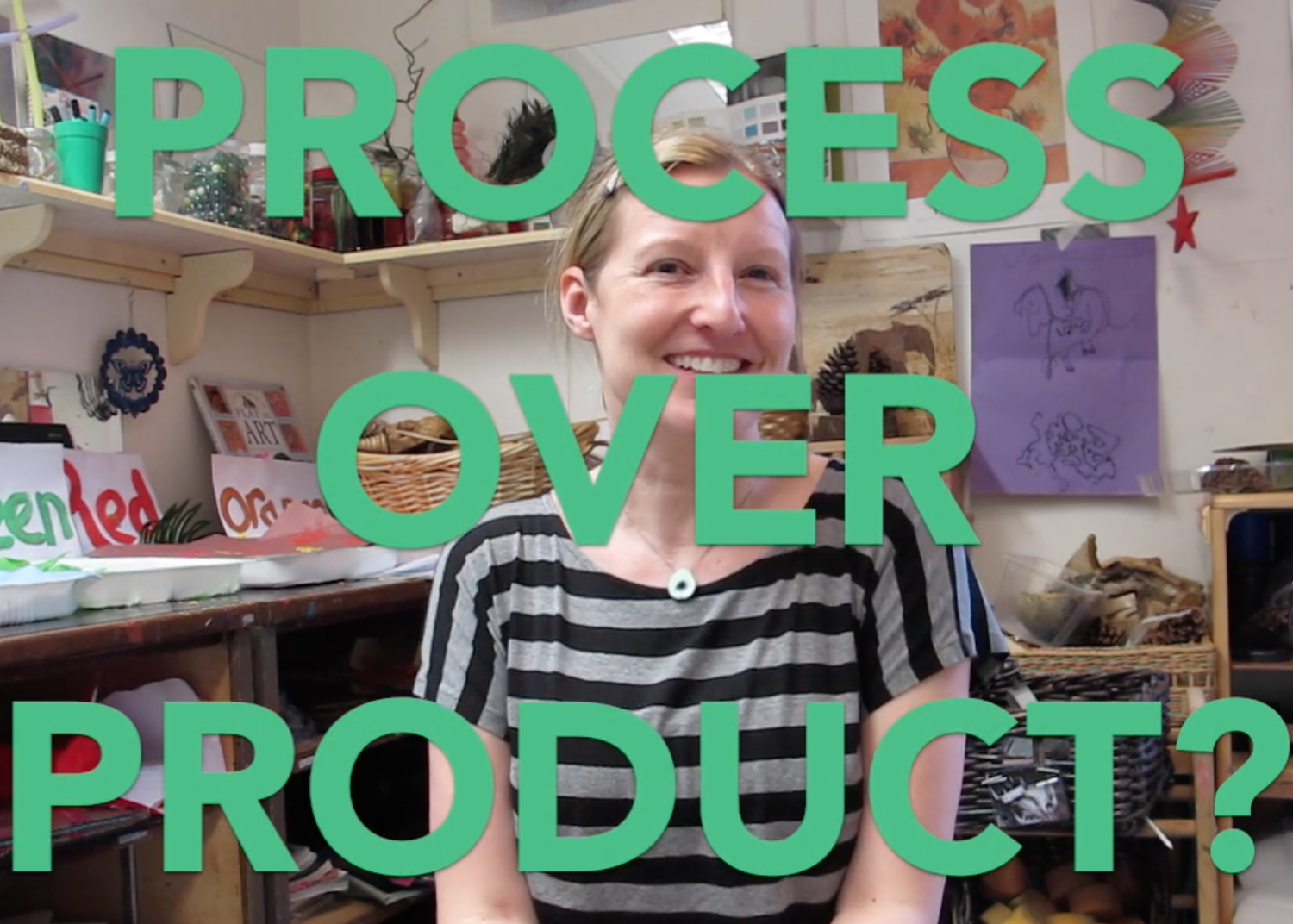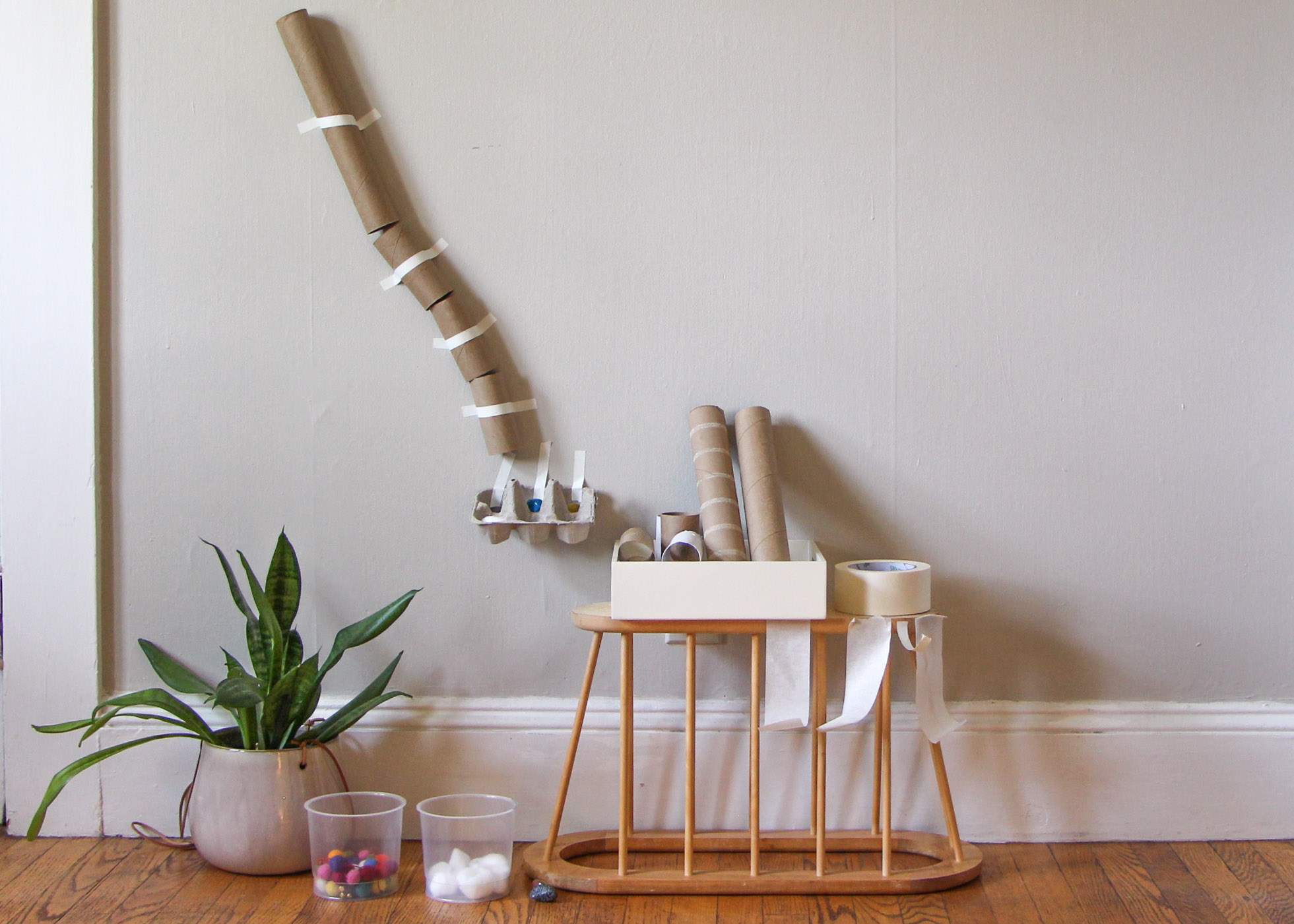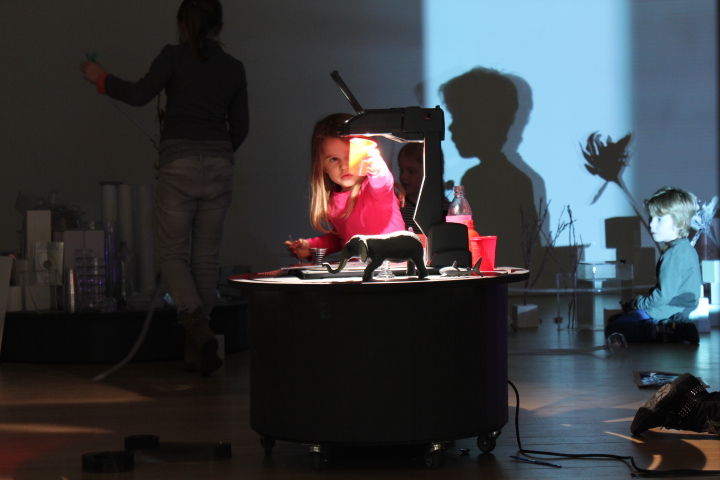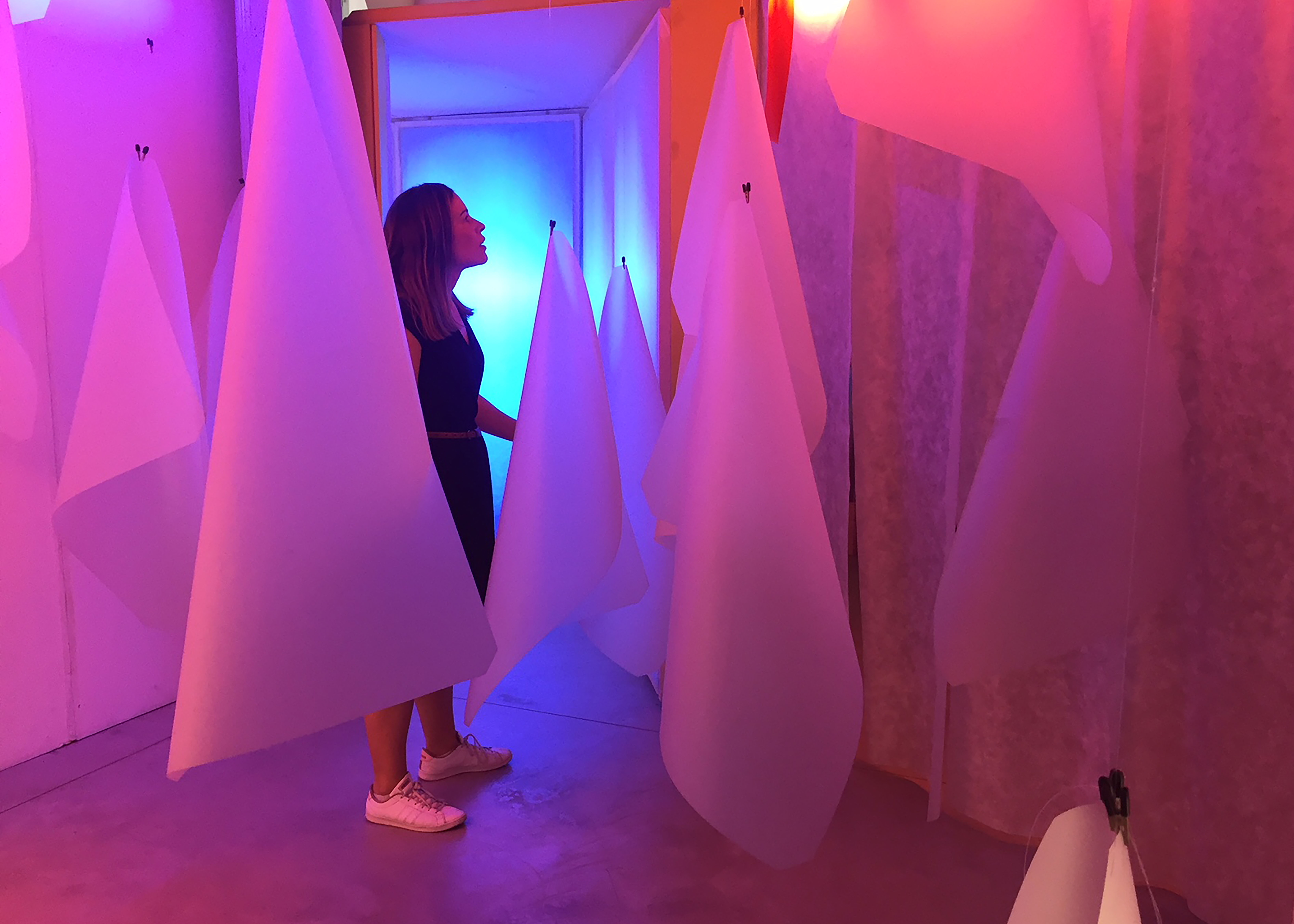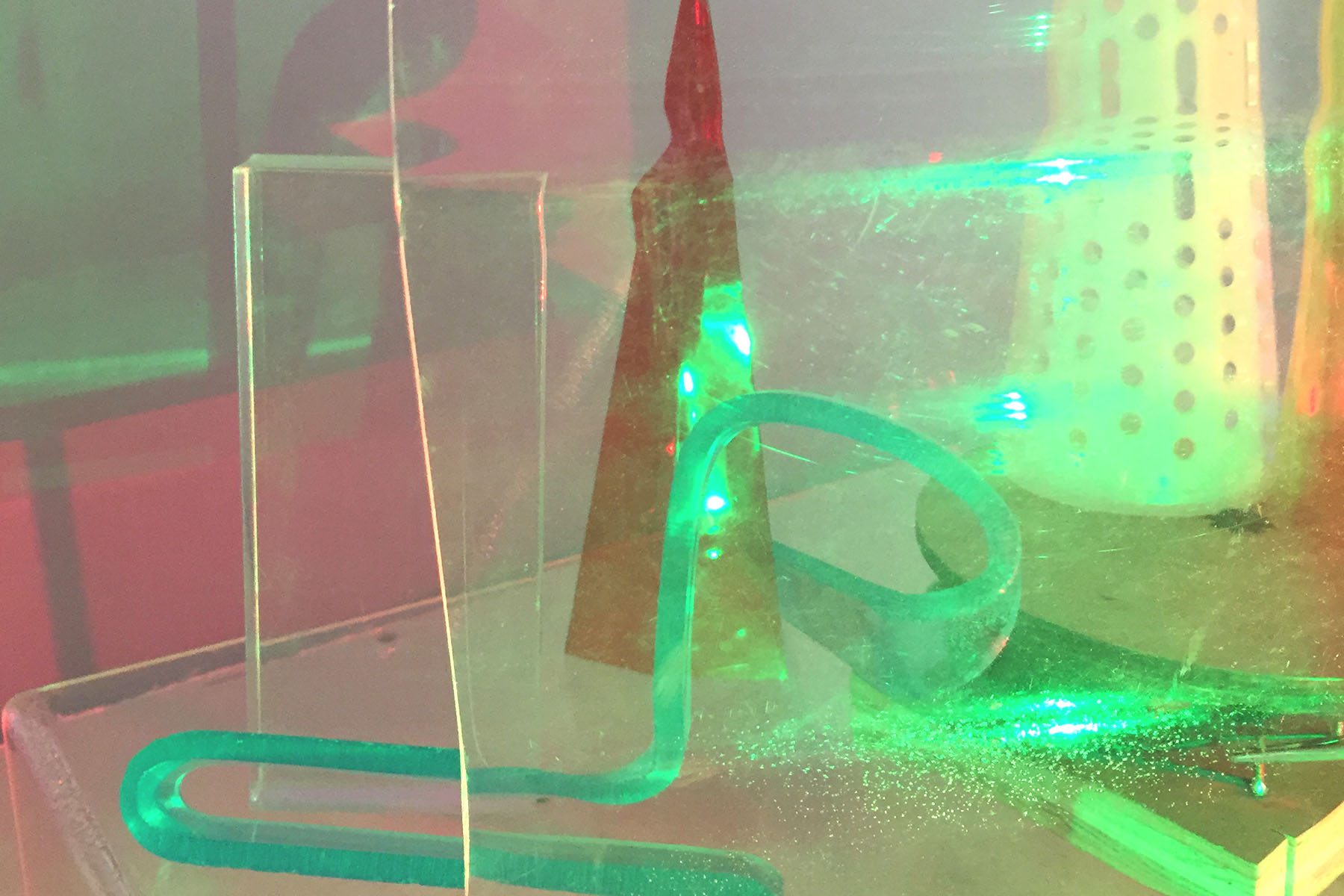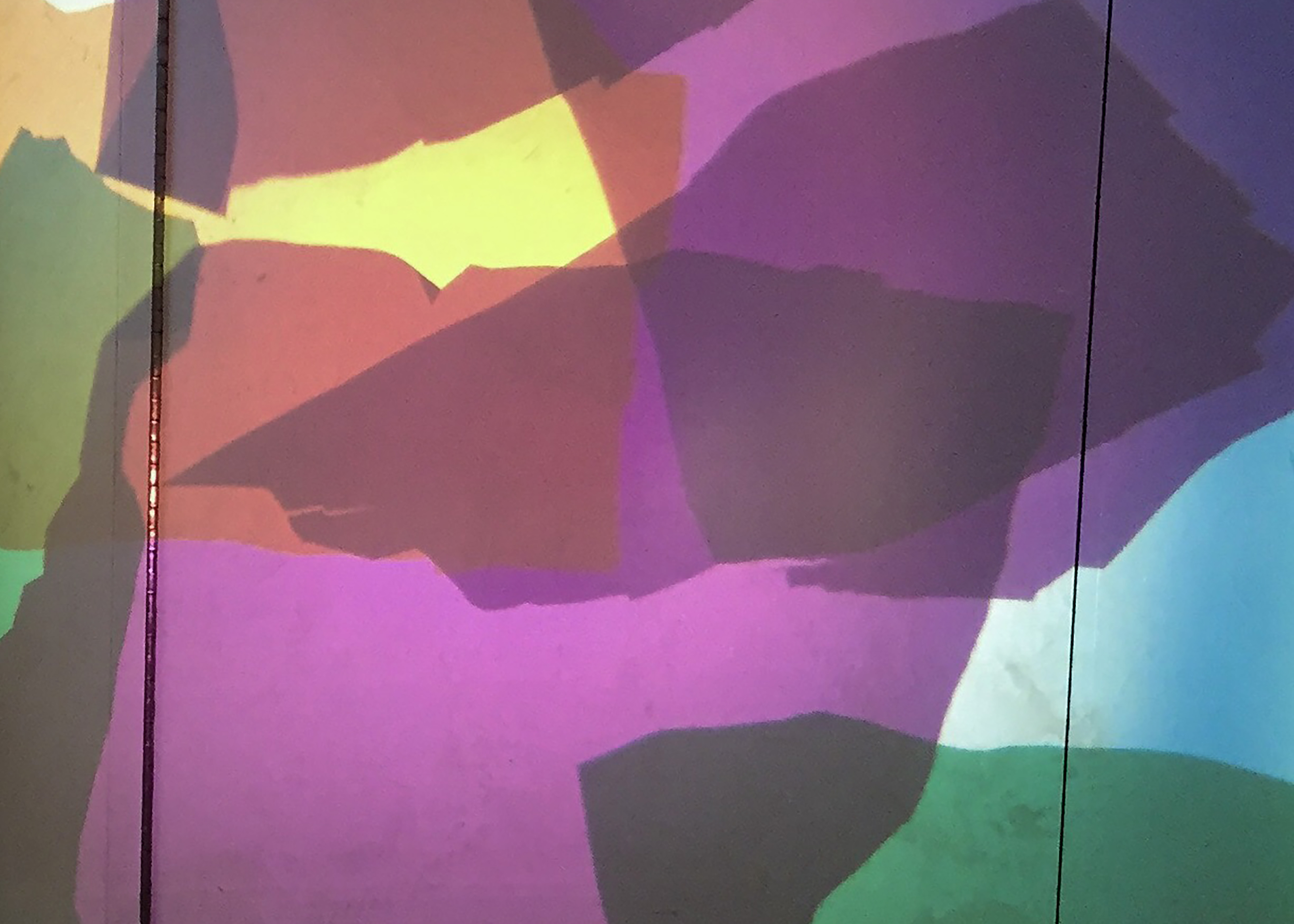The folks at 99% Invisible have created some fab new podcasts and articles on the relationship between children, play and the material world. And because I am a massive nerd, I have created summaries of them to share with you! I highly recommend listening to the podcasts (links are included below) as they are entertaining, well-researched and only around 25-minutes long. Isamu Noguchi (design) and Shoji Sadao (architect). Moerenuma Park, Sapporo Japan. 1988-2004. ©The Isamu Noguchi Foundation and Garden Museum, New York / ARS Play Mountain: A podcast on the work of playground designer Isamu Noguchi Isamu Noguchi (1904-1988) was a Japanese-American sculptor, designer and landscape architect. After working for numerous years as a sculptor in New York, he came up with the idea to construct a ‘playground’ that had no rules or obvious way to play in it. Instead of having swings and slides, Noguchi wanted to the playground to…
Free ebook! Making art with repurposed materials
I am happy to share a new ebook I have been working on! It is all about doing art at home with repurposed materials. You can download it for FREE at the bottom of this blog post! I love this ebook because you won’t need to spend money buying new or expensive art materials as each activity has been designed so you can do them with bits and pieces you most likely already have. Experimenting with bioplastics by Angela Ruggles What is the ebook about? Repurposed materials are materials that have had a previous life as something else. For example, a cardboard box, recycled string, bottle tops, plastic containers, or natural materials. These materials are great to use in children’s art as they are open-ended and encourage imagination and creativity. The ebook featured six different art activities that use repurposed materials. These have been put together by six amazing art…
teamLab’s digital art from the future
This post features a review of the teamLab Borderless exhibition at the MORI Building’s DIGITAL ART MUSEUM, Tokyo. You might not have heard of teamLab but you will probably recognise their work from your hipster friend’s Instagram account. The Tokyo-based digital art collective has been making immersive art installations since 2001. During this time they have exhibited their work around the globe including at London’s Pace Gallery, the National Museum of Singapore and at Australia’s National Gallery of Victoria’s 2018 Triennial. Inspired to use digital technologies to expand the connection between art and people, teamLab’s work sits at the intersection of science, art and technology. Image credit: teamLab, Exhibition view, MORI Building DIGITAL ART MUSEUM: teamLab Borderless, 2018, Odaiba, Tokyo © teamLab In March of this year, I visited the MORI Building’s DIGITAL ART MUSEUM in Tokyo where teamlab’s ‘Borderless’ exhibition is on permanent display. The exhibition consists of 60 digital artworks spread across 10,000m² of gallery…
An interview with artist Lorna Rose
This post features a video interview with artist Lorna Rose. She talks about her approach to creative learning, like the importance of flexibility, multiculturalism, and inclusivity in education. We live in a world of great cultural, social, and political diversity. As the great art educator Maxine Greene said, the arts play an integral role in the growth of social cohesion by encouraging children to empathize with others from different background. This week I spent two days at the Lillian de Lissa Children’s Centre & Nursery in Birmingham (UK) working alongside their artist-in-residence, Lorna Rose. 90% of the children attending the nursery are from an ethnic minority, over half speak English as a second language. Of the 90 children in attendance, 28 languages are spoken! The nursery’s vision is for children to leave the center with a sense of curiosity about the world. Lorna Rose has been working as the artist-in-residence at the centre for over…
Make a marble run
Marble runs are a classic kid’s activity, you may even remember making them yourself at preschool using pre-constructed wooden tracks! I love marble runs because kids can use their imagination, and problem-solve while unknowingly learning about concepts such as motion, gravity and force. This blog post shares how you can make your own marble run at home using recycled materials! Age range: 18 months + please note that marbles can be choking hazards for little kids Preparation time: 10 minutes What you need Cardboard rolls (toilet paper rolls work great)Recycled materials such as fruit packaging and yogurt containersMasking or painter’s tapeScissorsBowl or basket Marbles or marble alternatives such as cotton balls, pasta shells, felt balls or polystyrene ballsA blank wall or window Setting up the activity A marble run aims to keep the marble in motion for as long as possible. To start, use the tape to stick the first…
The ‘Atelier van Licht’ at the Centraal Museum, Utrecht
This post features a reflection on my visit to the Atelier van Licht at the Centraal Museum in Utrecht, The Netherlands. The Atelier was being presented as part of the museum’s Nice’n’Light exhibition that ran from 17 October 2015 – 24 January 2016. Above: Atelier van Licht at Stedelijk Museum, Amsterdam. Image credit: Atelier van Licht A creative space for children’s play and experimentation with materials Back in February 2016, I travelled to the Netherlands to meet with Annemieke Huisingh, the founder of the wonderful Atelier van Licht. I was interested in learning more about the Atelier’s approach to designing children’s material-based creative learning environments. At the time, the Atelier (which is another word used to describe an artist’s studio) was on display at the Centraal Museum in Utrecht as part of a contemporary art show that was exploring artist’s experimentation with light. The Atelier had been designed for children of all ages…
Reggio Emilia’s art studio ‘ateliers’ for children
Earlier this month I was fortunate enough to visit the Loris Malaguzzi centre in Reggio Emilia. I was interested in learning more about the early childhood philosophy’s approach to children’s creativity, art and learning with materials. This post shares key ideas around the role of the ‘atelier’ in the Reggio Emilia approach. I also discuss my reflections on the Ray of Light atelier space at the centre. “Tools and materials make it possible for children to have experiences in which their thinking takes on different forms” (Dahlberg & Moss, 2010) The Atelier – a space for children’s creative experimentation Educators from Reggio Emilia often talk about the unpredictable nature of learning in which knowledge is formed through unexpected relationships and new connections. This understanding challenges the idea that education is a linear process of development. In Reggio Emilia preschools, the atelier is a creative studio for young children’s imagination, expression and experimentation that…
How to support children’s creativity at home
I talk a lot about the importance of creativity and materials in children’s learning on this website. Most of the posts I have previously written have been aimed at teachers and creative professionals working with children. However, parents also play an important role in supporting children’s learning. To be honest, nearly every parent I have met has been incredibly interested in hearing about what they can do to help to support their child’s creativity. So, I have decided to start writing some posts especially for parents. Kicking off with this one. I have put together five hot tips for supporting children’s creativity with materials. These ideas build on a podcast I recently did for ‘Rial Talk .In the podcast I talk about the importance of art and children’s play with materials in education. More specifically, I argue that both art and materials play a critical role in encouraging creativity as they…
How to arrange materials to support children’s learning
Children’s play with sensory-rich, loose part materials can be an important part in creative learning. How these materials are spatially arranged may also dramatically influence how a child takes up and explores them. Below are three practical tips for arranging materials to support children’s imagination and curiosity. I have put these together based on my own experience working as an artist and educator with young children. It would be great to hear what others find useful when laying out materials for children so please comment below! Layout materials to encourage social interactions Vygotsky talks about the importance of social interactions in facilitating learning amongst groups of people (Vygotsky, 1980). As a child’s peers, teacher or parents may have more advanced understandings or abilities in relation to a particular skill, concept or task, a child’s interactions with them may allow for new knowledge to be produced. Social interactions between groups of people may…


